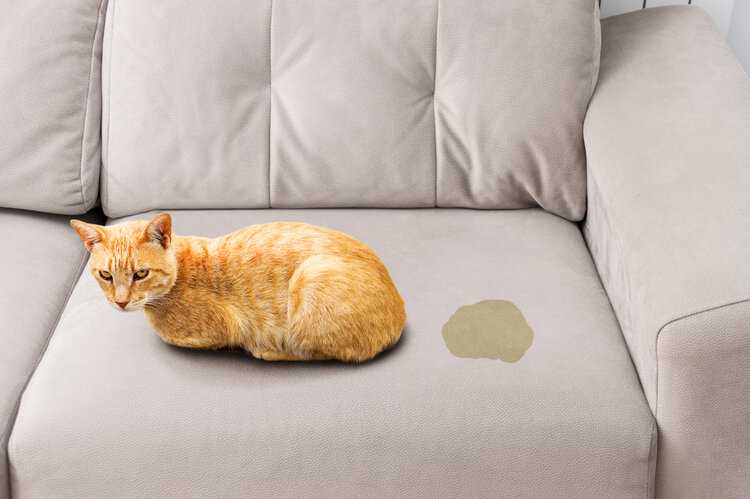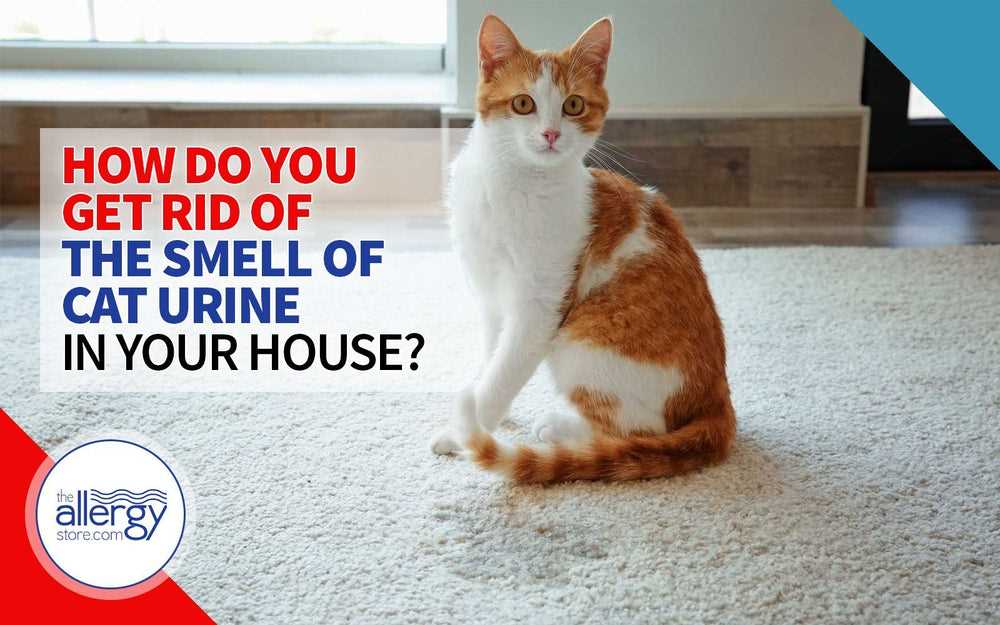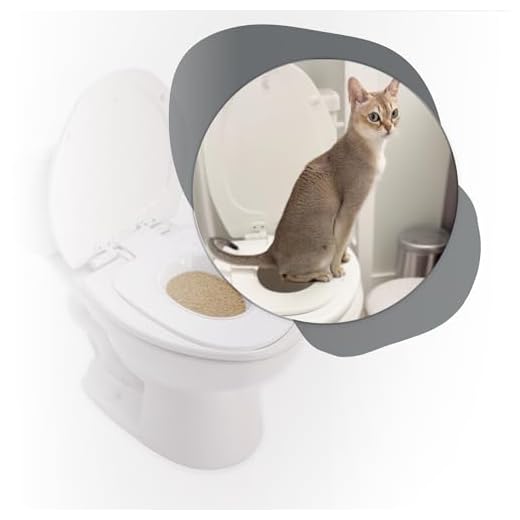



Begin by mixing equal parts white vinegar and water in a spray bottle. This solution acts as a natural deodorizer, effectively neutralizing unwanted odors. Spray the affected areas generously, allowing it to sit for at least 10 minutes before blotting with a clean cloth.
Next, sprinkle baking soda on the treated spots. This household staple absorbs lingering scents and moisture. Let it sit for several hours–or overnight–before vacuuming it up. The combination of vinegar and baking soda can work wonders in refreshing your possessions.
If the odor persists, consider using enzymatic cleaners specifically designed to break down organic materials. These products target the source of the problem, ensuring a deeper clean. Follow the instructions provided on the label for the best results.
Additionally, maintaining proper ventilation in the area helps dissipate odors. Open windows and use fans to circulate air, promoting a fresher atmosphere. Regular cleaning can further prevent buildup and keep your environment inviting.
Eliminating Unwanted Odors from Your Belongings
Vinegar works wonders. Mix equal parts of white vinegar and water in a spray bottle. Generously apply to the affected area and let it sit for about 10-15 minutes before blotting it up with a clean cloth.
Baking Soda Magic
Sprinkle baking soda over the damp spot after treating it with vinegar. Allow it to sit for several hours or overnight. This helps absorb any lingering odors. Vacuum it up afterward.
Using Enzymatic Cleaners
Opt for enzymatic cleaners specifically designed for organic stains. Follow the instructions on the label, ensuring the solution penetrates the material thoroughly. These cleaners break down odor-causing substances effectively.
| Method | Ingredients | Time Required |
|---|---|---|
| Vinegar Solution | White vinegar, water | 15 minutes |
| Baking Soda Treatment | Baking soda | Several hours |
| Enzymatic Cleaner | Enzymatic cleaner | As per instructions |
Regular cleaning will help maintain freshness. Don’t forget to wash any removable covers or cushions as well. Keeping your space clean ensures a pleasant environment for everyone.
Identify the Source of the Smell
First, check the areas where I usually lounge or play. Look under cushions, inside boxes, or any cozy spots I might choose. If something feels damp or has a yellowish tint, that’s a clue.
Next, consider the materials involved. Soft fabrics and porous surfaces absorb odors more easily. Use a black light in darkened rooms; it can reveal invisible stains. The glow will pinpoint areas needing attention.
Pay attention to the furniture’s construction. Wood can trap odors deep within, while leather may need special care. If there’s a lingering scent, it might be hiding in seams or crevices.
Finally, inspect any nearby items. Sometimes, the source isn’t where you expect it. Check rugs, curtains, and even walls. Identifying the right spot is essential for effective cleaning.
Choose the Right Cleaning Solution

For tackling those nasty odors, I recommend using enzymatic cleaners. These products break down the organic compounds in waste, effectively neutralizing unpleasant scents. Look for solutions specifically formulated for pet messes; they tend to work best. Make sure the cleaner is safe for various materials, especially if your human has invested in delicate upholstery.
Baking soda is another great option. Sprinkle it generously on the affected area after cleaning, allowing it to absorb any remaining odors. After a few hours, vacuum up the residue. It’s simple and cost-effective!
Vinegar mixed with water can also serve as a natural deodorizer. Use a solution of equal parts vinegar and water, spray it on the area, and blot with a cloth. The vinegar smell dissipates quickly, taking other odors with it.
For persistent issues, consider purchasing specialized products from reputable brands. Reviews can guide you in selecting the most effective options. I’ve seen humans rave about certain brands that work wonders. You can also check out recommendations for dental sticks for cats, as some of these companies offer multiple pet care solutions.
Always test any cleaning solution on a hidden area to ensure it doesn’t damage the material. This way, your human can avoid any surprises while cleaning up after me!
Apply the Cleaning Solution Properly
First, test the cleaning mixture on an inconspicuous area to ensure it won’t damage the surface. Once confirmed, generously apply the solution directly onto the affected spot. Use a clean cloth or sponge to blot the area, gently working the solution into the fabric or material.
Avoid rubbing, as it can spread the residue further and make matters worse. Let the cleaner sit for at least 10-15 minutes to penetrate deeply. For porous materials, consider using a soft-bristled brush to help lift embedded particles.
After the waiting period, blot the area again with a dry cloth to absorb any excess liquid. If needed, repeat the process until the odor is significantly reduced. Always ensure the area is well-ventilated during and after cleaning to facilitate drying.
Finally, allow the spot to air dry completely. If any lingering scent remains, a sprinkle of baking soda can be applied after drying, left for a few hours, then vacuumed up to neutralize the remaining odor.
Use Odor Neutralizers After Cleaning
After tackling the stains, it’s time to apply an odor neutralizer to ensure lingering aromas are eliminated. Look for products that specifically target these stubborn scents. Enzymatic cleaners work wonders; they break down the odor-causing compounds at a molecular level. Follow the product instructions carefully for the best results.
Application Tips
Before applying the neutralizer, make sure the area is clean and dry. Spray a generous amount on the affected spots and allow it to sit for the recommended time. This allows the formula to penetrate deeply into the fibers.
Additional Recommendations
Consider using natural options like baking soda or white vinegar as they can also help neutralize unwanted scents. Sprinkle baking soda over the area, let it sit for a few hours, and then vacuum it up. For vinegar, mix it with water and spray it on the affected area. Just ensure to test a small spot first to avoid any discoloration.
For added protection and prevention, installing a best 49 inch wide dog gate for inside the house can keep my space safe from potential accidents in the future. Maintaining a clean environment is key to preventing recurring issues.
Prevent Future Incidents on Furniture
To keep my cozy spots free from unwanted odors, I recommend implementing a few strategies. Regular maintenance is key. Here are some tips:
- Provide designated areas: Create specific zones with comfortable bedding and litter boxes to encourage proper behavior.
- Use deterrents: Spraying furniture with safe, pet-friendly repellents can discourage access to certain areas.
- Maintain cleanliness: Regularly clean litter boxes and eliminate any lingering waste to prevent accidents.
- Monitor stress levels: Changes in environment can cause anxiety. Keep my surroundings stable and calm.
Invest in Training
Training sessions can help reinforce good habits. Use positive reinforcement techniques to reward desired behaviors. This will help me understand where it’s acceptable to go.
Regular Vet Checkups

Frequent visits to the vet can identify any underlying health issues. If I’m feeling unwell, it might lead to accidents, so staying on top of my health is crucial.
FAQ:
What are the best methods to eliminate cat pee smell from furniture?
To effectively remove cat pee smell from furniture, you can use several methods. One popular approach is to mix equal parts of white vinegar and water in a spray bottle. Spray the affected area and let it sit for about 10 minutes before blotting it dry with a clean cloth. Another option is to use an enzymatic cleaner specifically designed for pet stains, as these products break down the odor-causing compounds. You can also sprinkle baking soda over the area after cleaning, allowing it to absorb any lingering odors before vacuuming it up. Regular cleaning and treating the area promptly can help prevent the smell from settling in.
How can I tell if my furniture still has a cat pee smell after cleaning?
After cleaning your furniture, you can check for lingering odors by performing a simple sniff test. Get close to the cleaned area and take a deep breath. If the smell of cat urine persists, you may need to repeat the cleaning process. Additionally, you can ask someone else to smell the area, as they may detect odors you have become desensitized to. If pets continue to show interest in a specific spot, it might indicate that the smell hasn’t been fully removed.
Are there any home remedies to get rid of cat pee smell on furniture?
Yes, there are several home remedies you can try. One effective method involves using baking soda, which can absorb odors. Sprinkle it generously over the affected area and let it sit for a few hours or overnight before vacuuming it up. Another option is to mix hydrogen peroxide, dish soap, and baking soda into a paste and apply it to the stain. Let it dry completely before brushing it off. Keep in mind that testing any solution on a small, inconspicuous area of the furniture is wise to avoid damage.
What should I avoid using when cleaning cat pee from furniture?
When cleaning cat pee from furniture, it’s best to avoid using ammonia-based cleaners. Since cat urine contains ammonia, using these cleaners can actually make the smell worse, as it may attract the cat back to the same spot. Additionally, avoid using bleach, as it can damage fabrics and may not effectively eliminate the odor. Stick to enzymatic cleaners or natural solutions like vinegar and baking soda for safe and effective results.










